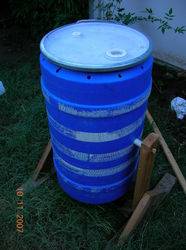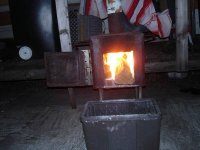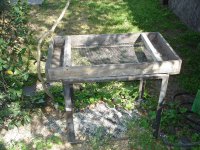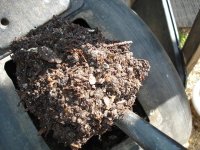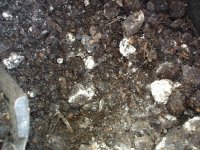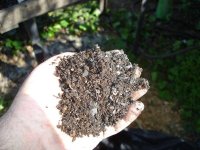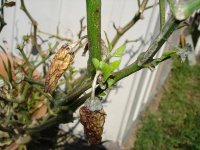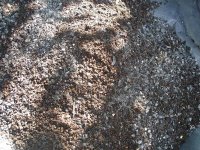J
JackTheGrower
Smurf said:I made mine with a 44 gal drum (had food grade cooking oil in it from a bakery) , set the height for my wheelbarrow to fit under it, welded the stand, fabricated a door with hinges and lock,, then an agitator for inside the drum. It cost next to nothing to knock up, only had to buy some rollers,, I already had the scrap tubing.
But after all that I hardly use it, I enjoy my piles too much.
Got a photo Jack asks with beggars hat in hand.


